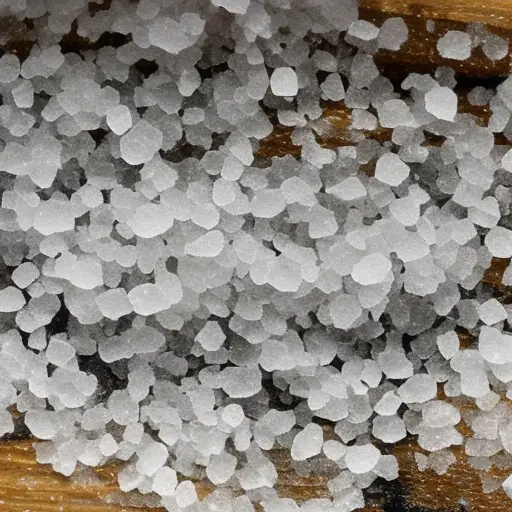Kosher salt vs. Regular salt: For most chefs who have got into cooking, they must be noticing that most recipes in the market today ask for a specific type of salt. Several recipes only ask for kosher salt rather than the custom table salt. There are a couple of reasons why they ask specifically for this. Though, if you are one of us that only follow a recipe from home, you must be wondering which of the two is the best and what differences exist. Each of the two salts also has some specific benefits that make chefs and experts ask for the same. Most chefs like kosher salt because this type of salt draws much moisture from the food it’s used on. The other reason is that it’s very easy to handle. Kosher salt is very easy to pick up between the fingers, and for this reason, it gives you tighter control over seasoning. Specifically, I have noticed this couple of times. The regular table salt is hard to come out of the salt shaker. Now to make sure I had a clear definition of exactly what happens, I researched a lot to come up with the main differences. Here are some main differences between the two types of salt.What is the difference between Kosher Salt and Regular salt?
So What is the Differences between Kosher Salt and Regular salt?
1. Clumping together-
This is the main difference between the two types of salt. If table salt is heavily ground it will clamp together. This is the main reason why most people add anti-caking agents, which makes it easy to flow freely.
2. Table salt is pure sodium chloride. Here is another difference.
Table salt in most of the cases is pure sodium chloride. Though, in some other places, it contains added iodine. Iodine that is added is the main reason why many people advocate for health preventive measures against iodine deficiency. This issue is very common in most parts of the world. On the other hand, kosher salt contains some traces of iodine and anti-cracking agents.
3. Texture and flavor-
Kosher salt will have a different texture and flavor burst. Though, when the salt dissolves in food, you won’t notice any difference between the two types of salt. The regular table salt doesn’t have any flavors. It’s made generally without any flavors and extremely low smelling agents.
4. Structure
The main difference between kosher salt and regular salt is the structure of the flakes. Kosher salt has larger flakes, which make it easy for chefs to season. It is easy to pick with the fingers, and hence it gives chefs more control over their cooking.
5. Use
Both salts are used for the same common ways, but in most cases, Kosher salt has a flaky, coarse structure, which makes it good for extracting blood from meat according to Jewish Law. Jewish law requires that blood be removed from the meat before it is eaten.
6. Weight
A teaspoon of kosher salt weighs less than the regular salt. Although this doesn’t make any difference, it’s something worth noting. Their difference in the weight means you shouldn’t substitute each other at a 1:1 ratio. If you do this, your food will end up tasting salty or too bland.
7. Origin
The The two types of salt originated from different parts of the world. Table salt was very common with the Romans. That is where some words such as salad and salary were derived from. In their history, salt was a very valuable thing, and that why most of the workers were paid using. The Romans by this time loved salted leafy greens and vegetables. On the other hand, kosher salt was common with the Jews. It was a law that every person should extract blood from meat before eating. Since kosher salt was perfect for this work, many people here started using it.
8. When to use
although the two types of salt are very common and can easily be used to season food, the two types are very distinct in their specific use. Table salt is commonly used in the kitchen as the name suggests. It is usually kept on the table for last minute seasoning. This salt is also very common in salting pasta water or even seasoning salt. Kosher salt is most versatile, and for this reason, it’s commonly used to season food when cooking. It is not usually used in last minute seasoning. However, sometimes chefs use it to season meat before cooking. It’s also used to draw blood out of meat so that it’s washed off easily.

